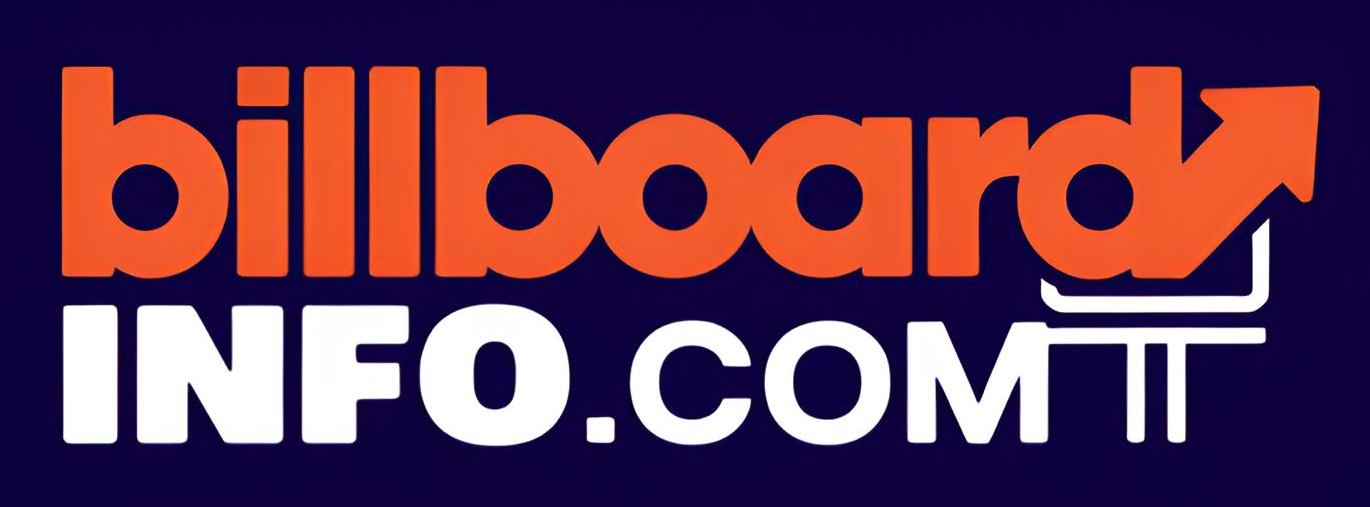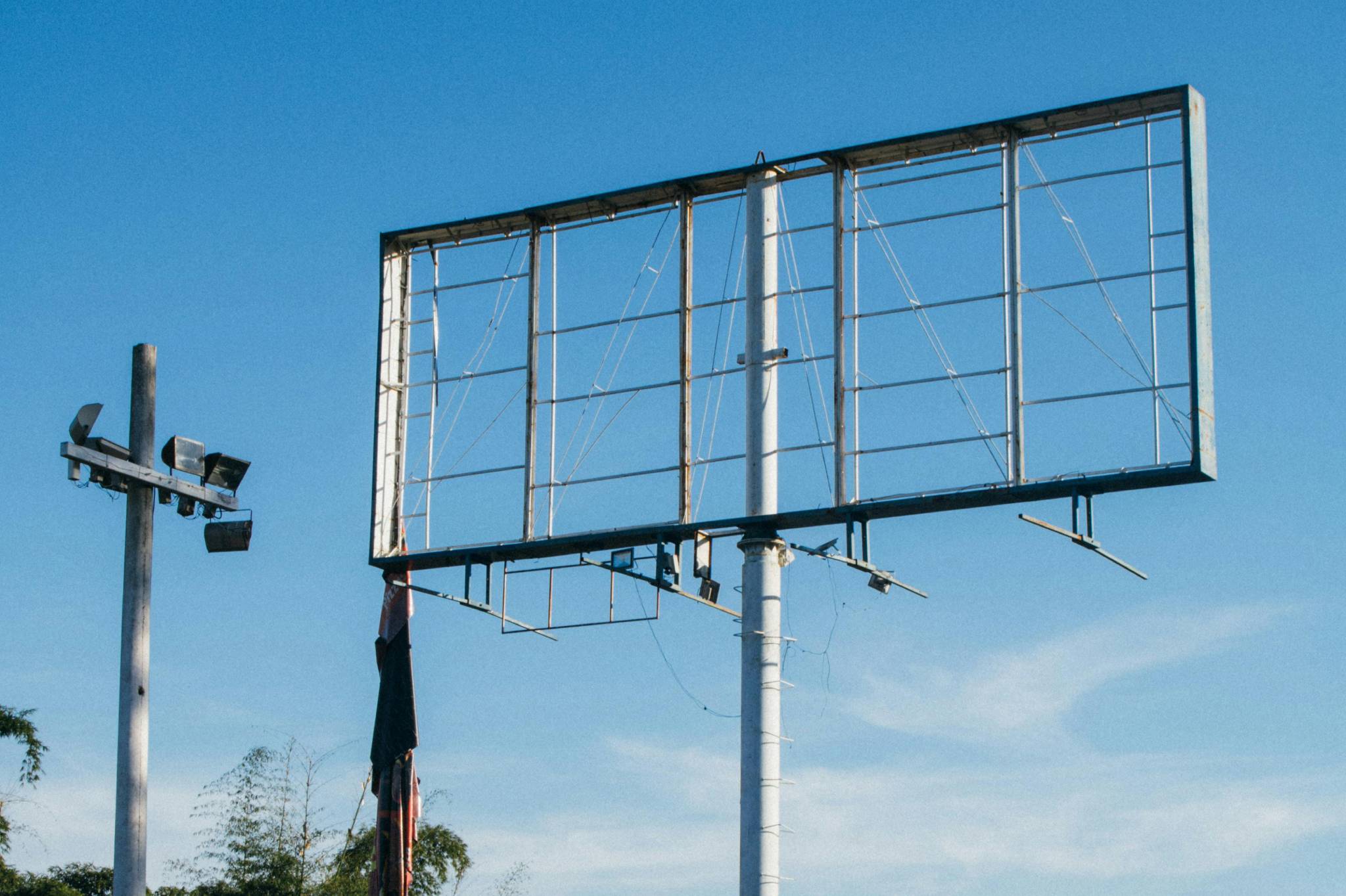Billboard advertising remains one of the most effective ways to capture attention, reinforce brand messaging, and create lasting impressions. But to launch a successful campaign, you need more than just a great design—you need a billboard advertising media kit that helps streamline the process, ensure consistency, and make sure your advertisement reaches the right audience.
A well-crafted media kit serves as a blueprint for your campaign, providing advertisers, designers, and media buyers with the necessary details to execute the strategy flawlessly. If you’re looking to elevate your billboard advertising game, understanding what goes into a media kit is crucial. Let’s explore what it is, why it matters, and how to create one that maximizes your campaign’s impact.
What Is a Billboard Advertising Media Kit?
A billboard advertising media kit is essentially a collection of materials that provide all the essential details for an ad campaign. It includes information about the billboard’s location, specifications, audience demographics, design requirements, pricing, and more. Think of it as a guide that ensures everyone involved—from marketing teams to printing companies—has everything they need to execute a cohesive campaign.
Companies and agencies use media kits to communicate with potential advertisers, investors, and partners. When done right, a media kit enhances transparency and efficiency, reducing errors and misunderstandings in the campaign execution process.
Why a Media Kit Matters in Billboard Advertising
A well-organized billboard advertising media kit serves multiple purposes. First, it eliminates guesswork by clearly outlining design specifications, placement details, and required formats. This prevents costly mistakes such as improperly formatted artwork or selecting a location that doesn’t align with your target audience.
Additionally, media kits ensure consistency across multiple campaigns. Whether you’re launching ads in different cities or working with multiple designers and agencies, having standardized guidelines ensures that branding, messaging, and visuals remain aligned.
A media kit also simplifies negotiations with billboard companies, giving you a structured way to present your advertising needs and helping you secure the best possible placement and pricing.
Key Elements of a Billboard Advertising Media Kit
A billboard advertising media kit should contain all the information necessary for a seamless campaign. Here are the critical elements to include:
1. Billboard Locations and Availability
Location is everything in billboard advertising. Your media kit should detail the available billboard locations, along with traffic data, demographics, and the expected reach of each site. Knowing who passes by the billboard and at what times of the day allows advertisers to make informed decisions on placement.
2. Design Guidelines and Specifications
Since billboards must be visible from a distance, design specifications are crucial. Your media kit should outline:
- Recommended dimensions for different billboard types (static, digital, mobile)
- File formats and resolution requirements
- Visibility best practices such as font sizes, contrast, and color schemes
- Any legal or industry guidelines that need to be followed
3. Pricing and Ad Duration
Pricing varies depending on location, billboard size, and duration of the ad placement. Clearly listing pricing options helps advertisers budget effectively. Be transparent about the cost structure, whether it’s a fixed rate, monthly contract, or bidding-based pricing for high-demand areas.
4. Audience Demographics and Traffic Data
Advertisers need to know who will see their billboard. A strong media kit includes traffic count estimates, audience demographics (age, income level, interests), and insights into the buying behaviors of the people passing by each billboard location.
5. Digital Billboard Capabilities (If Applicable)
If your campaign involves digital billboards, your media kit should detail:
- Video length and file size requirements
- Rotation schedules (how often the ad appears per hour)
- Any interactivity or real-time updates available
6. Case Studies and Success Stories
Providing real-world examples of successful billboard campaigns adds credibility to your media kit. Case studies that showcase how previous advertisers achieved results—whether through increased sales, brand awareness, or engagement—demonstrate the value of investing in billboard advertising.
7. Contact and Booking Information
A well-structured media kit should make it easy for advertisers to take the next step. Include clear contact information, booking instructions, and deadlines to secure placements. Streamlining the inquiry and booking process encourages advertisers to commit more quickly.
How to Use Your Billboard Advertising Media Kit Effectively
Once you have your media kit in place, the next step is ensuring it reaches the right people and serves its intended purpose. Here’s how to use it effectively:
- Distribute It to Potential Advertisers: Reach out to businesses that could benefit from billboard advertising and provide them with a copy of your media kit.
- Upload It to Your Website: Make it easily accessible to interested clients who may be searching for billboard advertising opportunities online.
- Use It During Pitch Meetings: If you’re negotiating with advertisers or agencies, a media kit is a great way to present your offerings professionally.
- Keep It Updated: As billboard locations change, pricing fluctuates, or technology advances, update your media kit regularly to ensure accuracy.
Future Trends in Billboard Advertising Media Kits
As technology continues to evolve, so do the components of an effective billboard advertising media kit. We’re seeing more integration of digital tracking and analytics to help advertisers measure the effectiveness of their campaigns. Some media kits now include QR codes that direct advertisers to online dashboards showing real-time engagement data.
Additionally, with the rise of programmatic advertising in outdoor media, media kits are starting to include details on automated ad placements, real-time bidding, and AI-driven optimization strategies.
Conclusion
A billboard advertising media kit is more than just a document—it’s an essential tool that streamlines the entire advertising process, ensuring clarity, efficiency, and consistency. Whether you’re working with local businesses or large brands, a well-prepared media kit makes it easier to attract advertisers and run successful campaigns.
By covering location details, design requirements, pricing, audience insights, and success stories, you provide a compelling case for why billboard advertising is a smart investment. And as the advertising landscape continues to evolve, having a comprehensive and up-to-date media kit will keep you ahead of the competition.
If you’re serious about maximizing your billboard advertising efforts, start by crafting a media kit that speaks to your audience’s needs and demonstrates the undeniable value of outdoor advertising.


